12 Local Breads and Rolls That Define Their Hometowns
Breads and rolls often carry the essence of the places they come from, with unique flavors, textures, and traditions that define their hometowns. From the soft, slightly sweet Pandesal of the Philippines to the chewy, tangy Montreal bagels, these local favorites tell stories of culture and history. Each one reflects the values and tastes of the community that created it.
This post may contain affiliate links, which helps keep this content free. Please read our disclosure for more info.
Pandesal – Philippines
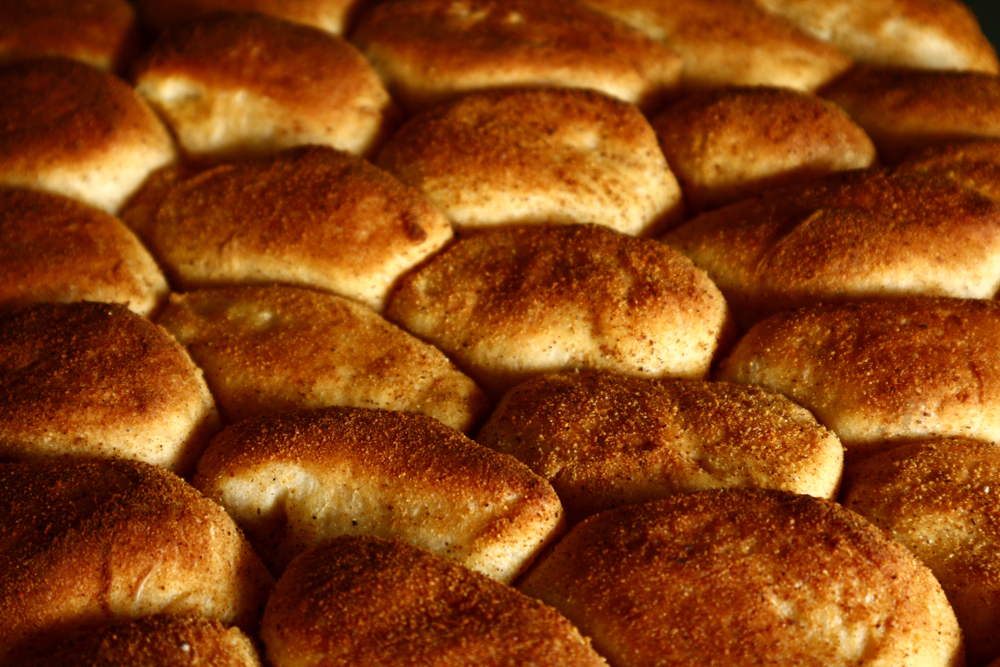
Pandesal is the quintessential Filipino bread, found in almost every bakery across the Philippines. The name “Pandesal” translates to “bread of salt,” though the flavor is subtly sweet rather than salty. This soft, slightly sweet roll is traditionally enjoyed at breakfast with various fillings like butter, cheese, or jam, and sometimes paired with savory dishes like scrambled eggs or longganisa (Filipino sausage). It has been a part of the Filipino culinary landscape for centuries, passed down through generations and evolving slightly from region to region.
For Filipinos, the smell of freshly baked Pandesal wafting through the neighborhood in the early morning hours is an iconic and nostalgic part of daily life. It’s often the first thing that families reach for in the morning, and its availability at local bakeries has made it a true staple. Whether enjoyed with hot coffee or as a quick snack, Pandesal represents the warmth and hospitality of Filipino culture, symbolizing both simplicity and comfort.
Sourdough – United States
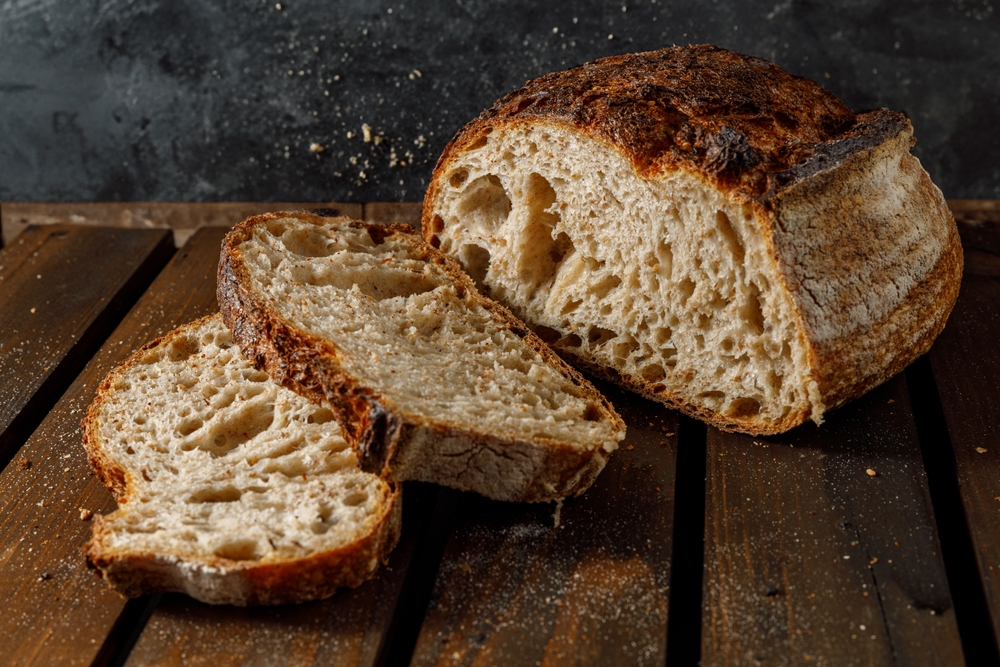
Sourdough is a type of bread that is fermented using naturally occurring yeast and bacteria, resulting in a tangy flavor and chewy texture. While it has European roots, sourdough is particularly well-known in San Francisco, where the unique local yeast cultures contribute to its distinct taste. The bread’s popularity grew during the California Gold Rush, when miners used wild yeast to bake their own loaves, and it remains a local specialty today.
San Francisco sourdough is renowned for its signature tang, which is the result of the unique yeast strains that are specific to the region. It is often used for making sandwiches, such as the famous clam chowder served in a sourdough bread bowl, which has become an iconic meal in the city. The bread has maintained its popularity thanks to its deep, rich flavor and chewy texture, symbolizing the city’s history and its connection to both its immigrant past and culinary innovation.
Batch – Liverpool, United Kingdom
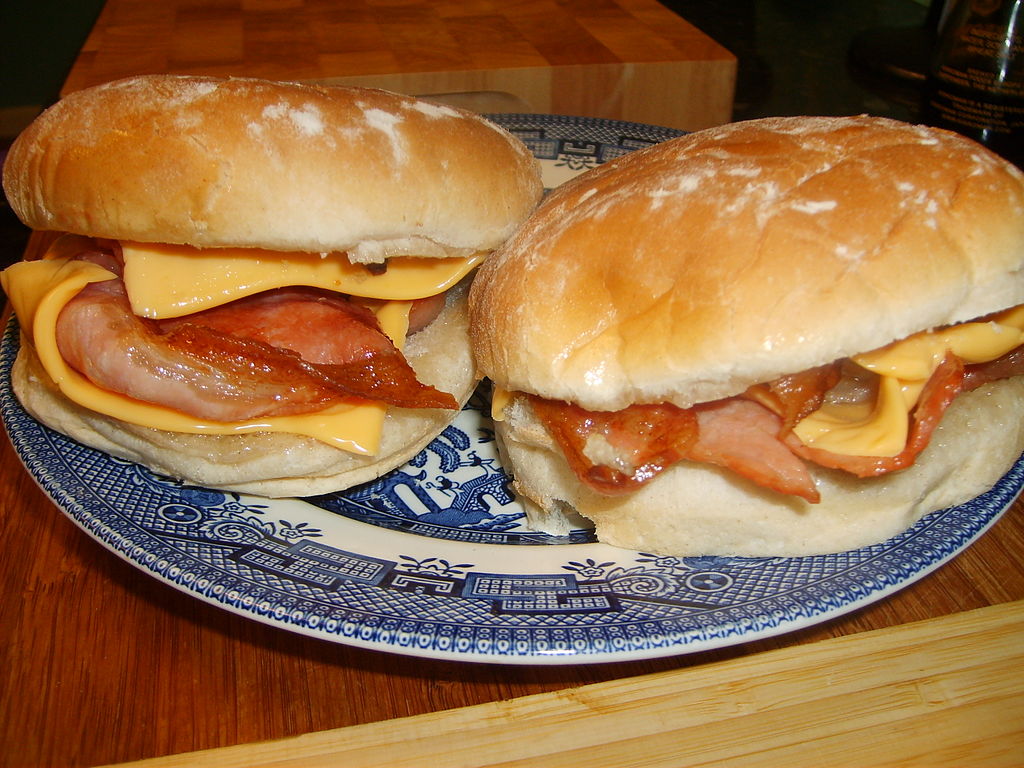
In Liverpool, the batch bread, sometimes referred to as a “Liverpool batch” or simply a “bread roll,” has deep roots in the local food culture. It is a round, soft bread with a slightly denser texture than the barm, making it perfect for hearty fillings. The batch roll is most often paired with dishes like scouse (a lamb or beef stew), and it is also used to make sandwiches that are eaten throughout the day.
This bread is beloved for its consistency and quality. Baked fresh daily in local bakeries, it is a familiar, comforting food for many Scousers (residents of Liverpool). Whether eaten alone or as part of a sandwich, the batch has remained an essential part of the culinary landscape of Liverpool, tying the community together with every meal.
Montreal Bagels – Montreal, Canada
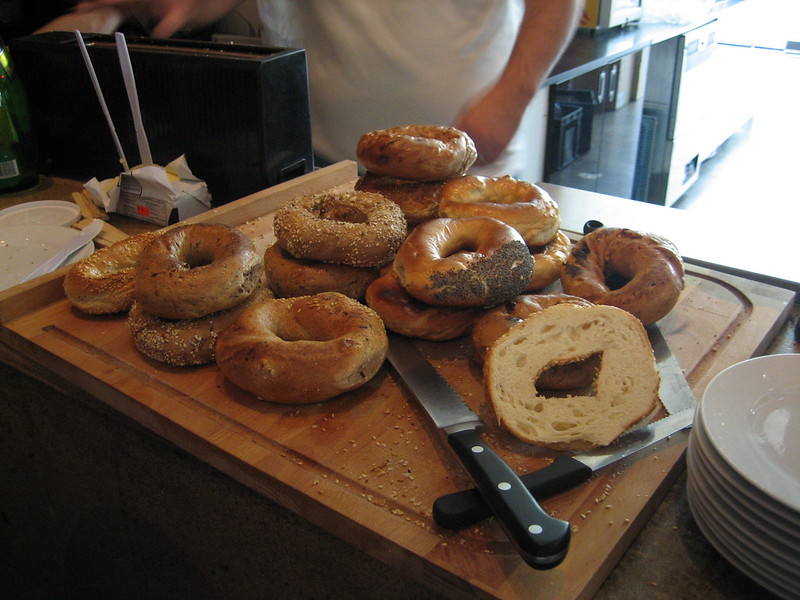
Montreal bagels stand apart from their New York cousins, offering a smaller, denser, and sweeter alternative. The dough is boiled in honey-sweetened water before being baked in wood-fired ovens, giving Montreal bagels their distinctive flavor and chewy texture. These bagels, often topped with sesame or poppy seeds, are a staple in the city’s cultural fabric, especially in neighborhoods like Mile End, which is known for its iconic bagel bakeries.
Montreal bagels are more than just a food item; they are part of the city’s heritage. With their chewy texture and slightly sweet flavor, they have become beloved not only by locals but also by visitors from around the world. As a symbol of Montreal’s Jewish heritage, these bagels reflect the city’s diverse and rich history, making them a must-try for anyone exploring the local food scene.
Pão de Queijo – Brazil
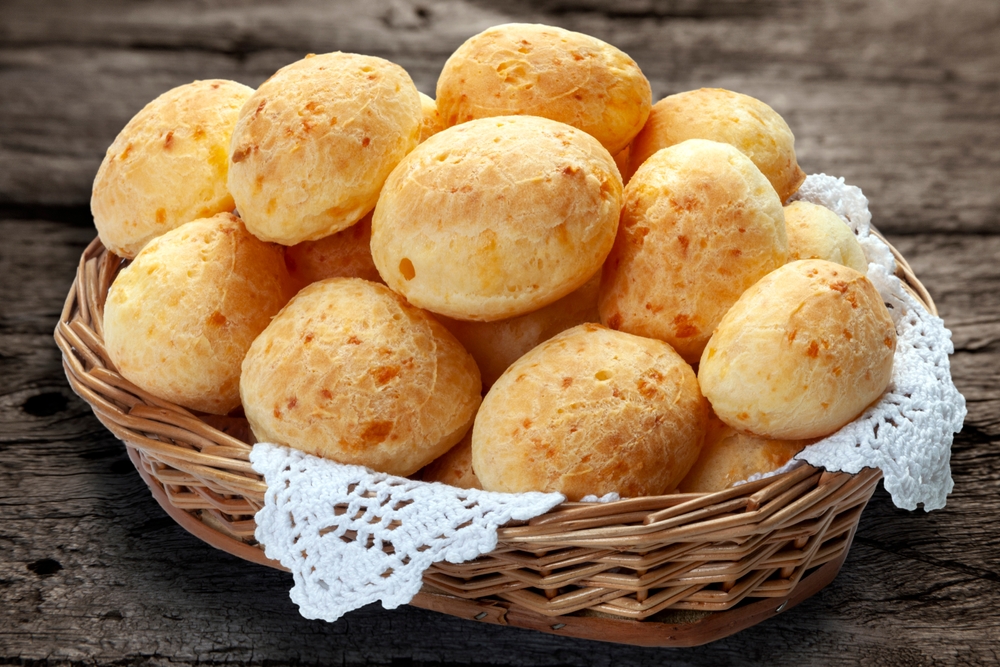
Pão de queijo, a traditional cheese bread from the state of Minas Gerais, is a gluten-free delight that has become a beloved snack across Brazil. Made from tapioca flour and cheese, this bread has a chewy, airy texture that makes it unique among other breads. The blend of mozzarella and parmesan cheese provides a rich, savory flavor that is irresistibly addictive. The bread is often enjoyed warm, straight from the oven, and is perfect for any time of day, from breakfast to an afternoon snack.
While pão de queijo is enjoyed all over Brazil, its origins in Minas Gerais give it a special place in the state’s food culture. It is frequently served in restaurants, bakeries, and at home, with variations that may include additional ingredients like herbs or spices. This cheese bread represents the Brazilian love for simplicity, comfort, and rich flavors, making it an integral part of Brazilian food traditions.
Ciabatta – Italy
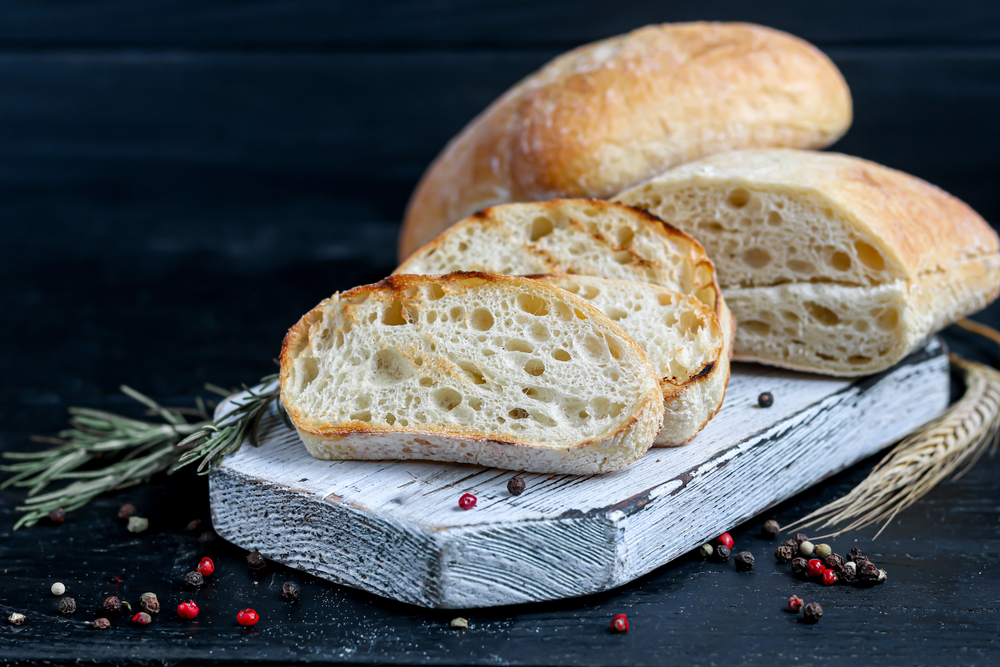
Ciabatta, originating from the Veneto region of Italy, is a rustic Italian bread with a crisp, golden crust and an airy, open crumb. The name “ciabatta” translates to “slipper” in Italian, a nod to the shape of the loaf, which resembles an old-fashioned slipper. This bread has a slightly chewy texture, making it perfect for sandwiches or serving with olive oil and balsamic vinegar. Its light, airy interior contrasts beautifully with its firm crust, creating the perfect balance of textures.
Ciabatta is now found in bakeries worldwide, but its roots in Italy remain strong. In Italy, it is often used as the base for panini, especially when filled with local ingredients like prosciutto, mozzarella, or tomato. While the bread has gained international recognition, it still embodies the essence of Italian craftsmanship and a commitment to simplicity in its ingredients.
Arepa – Venezuela/Colombia
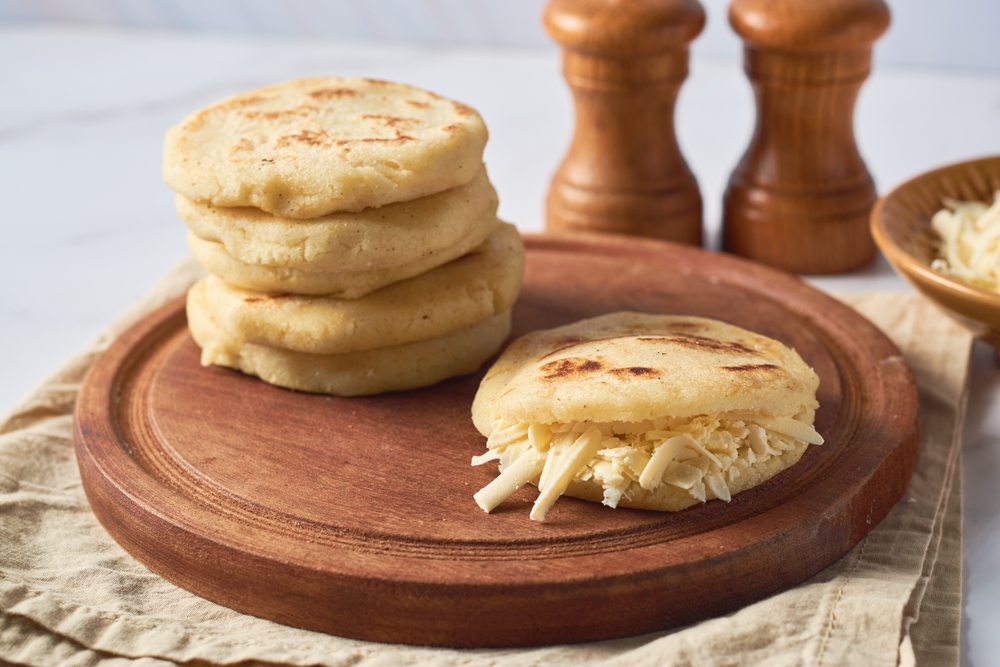
Arepas, a versatile cornmeal-based bread, are a staple in both Venezuela and Colombia, with variations found in each country. Made from ground cornmeal, water, and salt, arepas can be grilled, fried, or baked, and are often filled with a variety of fillings such as cheese, ham, avocado, or meats. The crispy exterior and soft interior make arepas an ideal choice for breakfast, lunch, or dinner.
In both Venezuela and Colombia, arepas hold cultural significance as a symbol of home and tradition. In Venezuela, the dish is often enjoyed with fillings like “Reina Pepiada” (a chicken and avocado mixture), while in Colombia, arepas are commonly served with butter and cheese, sometimes as a side dish to main meals. The simplicity and versatility of the arepa make it a beloved food that continues to evolve in kitchens across both countries.
Focaccia – Italy
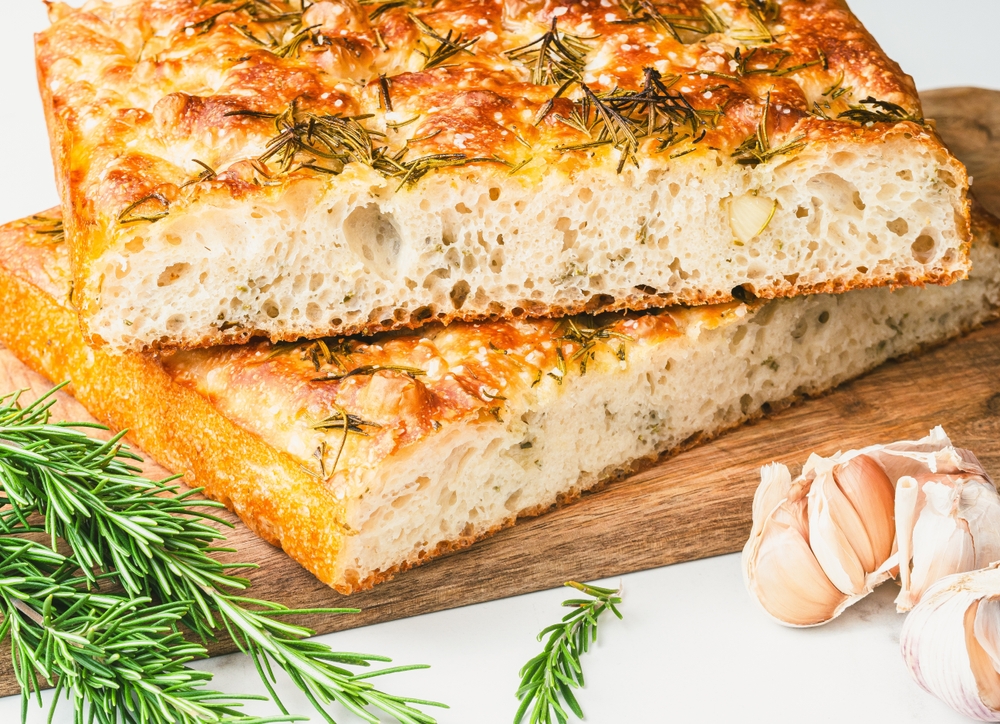
Focaccia is a traditional Italian bread that is thick, soft, and full of flavor, often seasoned with olive oil, rosemary, and sea salt. Originating from the region of Liguria, focaccia is typically served as an appetizer or snack and is known for its airy, pillow-like texture. While the basic recipe remains unchanged, focaccia can be customized with various toppings such as olives, onions, or garlic, allowing for regional variations across Italy.
Focaccia holds a special place in Italian cuisine, often enjoyed with a glass of wine or as a companion to pasta dishes. It is especially popular in the Ligurian region, where it is usually referred to as “focaccia di Recco,” a version filled with cheese. The simplicity and depth of flavor in focaccia reflect Italy’s love for high-quality ingredients, making it an essential part of the country’s bread-making tradition.
Injera – Ethiopia
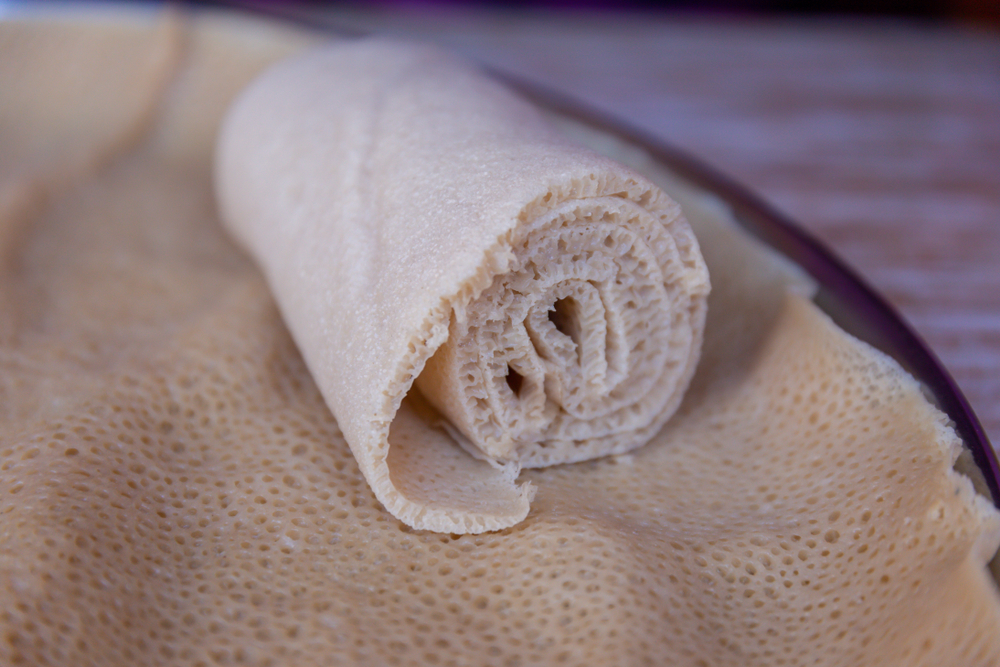
Injera is a large, spongy flatbread that is a fundamental part of Ethiopian cuisine. Made from teff flour, this gluten-free bread has a slightly sour taste, which develops through fermentation. Injera is traditionally used as both a plate and a utensil, as it is used to scoop up stews, lentils, and vegetables, often served as part of a communal meal. The bread’s unique texture and flavor make it central to Ethiopian dining practices.
The production of injera is deeply rooted in Ethiopian culture, where the bread has been made for centuries. It is typically baked on a large, round griddle called a “mitad,” which gives it its signature texture. The communal aspect of eating injera, where everyone shares from the same large platter, reinforces the importance of community and togetherness in Ethiopian dining traditions.
Banh Mi – Vietnam
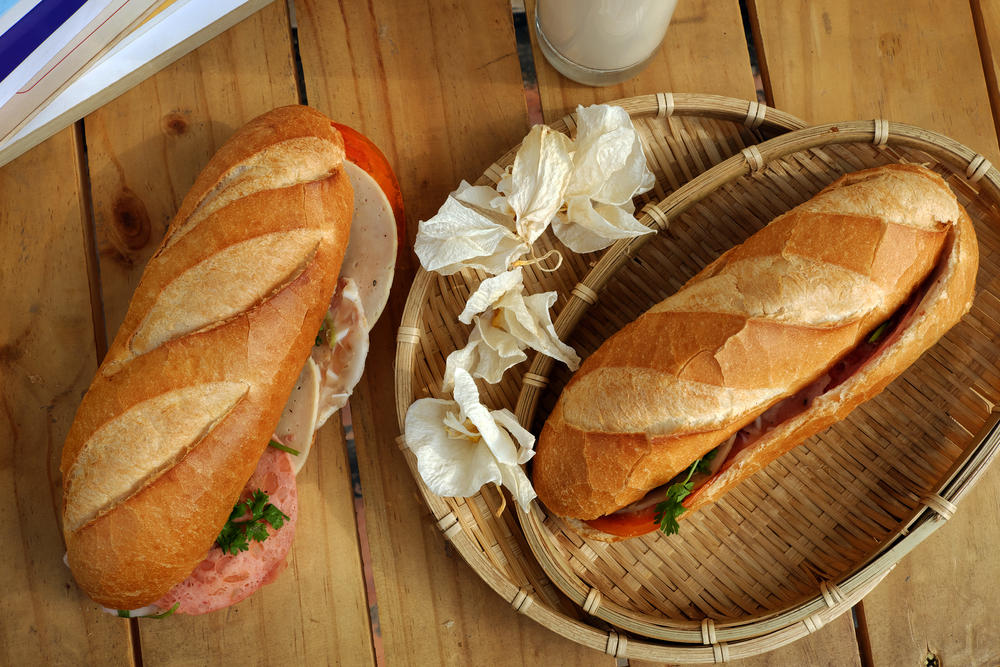
Banh Mi is a Vietnamese sandwich that combines the French influence of the baguette with traditional Vietnamese fillings. This sandwich typically features a crusty baguette filled with ingredients like pickled vegetables, cilantro, chili, and a choice of meats, such as grilled pork, chicken, or tofu. The fusion of flavors and textures, the crunch of the baguette, the tang of pickled vegetables, and the savory fillings have made Banh Mi a beloved street food across Vietnam.
Though it originated in Hanoi, Banh Mi has become widely popular throughout Vietnam, with regional variations that reflect local tastes. The baguette used in Banh Mi is unique to Vietnam, softer and airier than its French counterpart, making it perfect for holding all the flavorful fillings. Banh Mi is now enjoyed globally, but it still carries the essence of Vietnamese culinary creativity and adaptability.
Pretzel – Germany
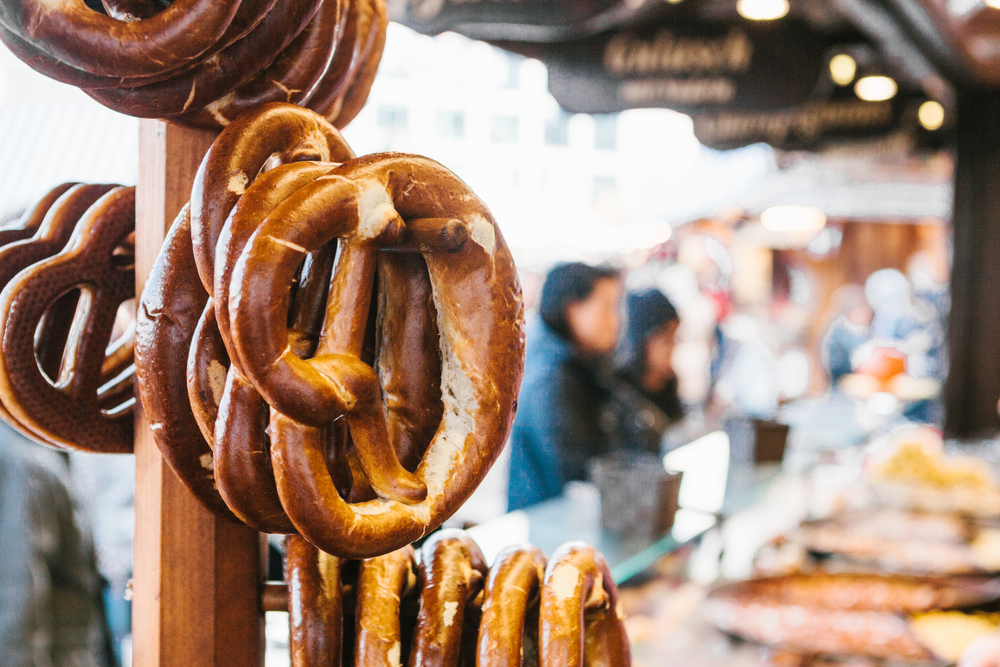
The pretzel is a traditional German bread that is instantly recognizable by its twisted shape and golden-brown, glossy crust. Often sprinkled with coarse salt, the pretzel has a soft, doughy interior that contrasts with its crispy exterior. The bread is usually eaten as a snack or served alongside beer, especially in Bavarian beer gardens. The classic “Laugenbrezel” is made from a dough that is briefly dipped in a baking soda solution before being baked, giving it its distinctive flavor and color.
In Germany, the pretzel is more than just food; it is part of the country’s cultural fabric. In regions like Bavaria, the pretzel is often enjoyed during Oktoberfest, where it is paired with sausages and, of course, beer. The pretzel also has symbolic importance in Germany, representing good luck and prosperity, making it an iconic piece of German cuisine.
Naan – India
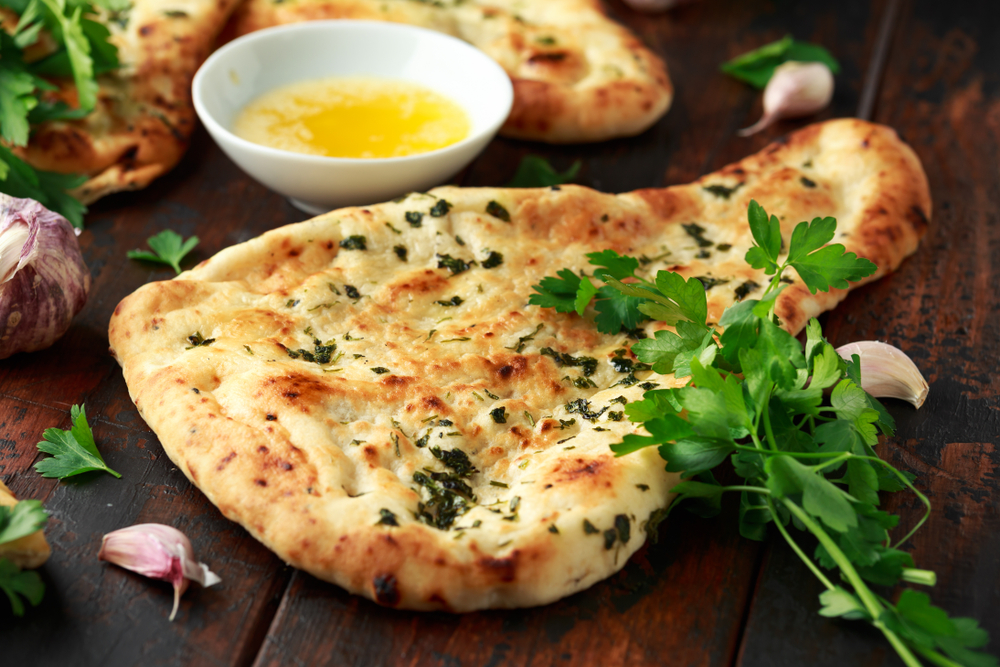
Naan is a traditional Indian flatbread, often served alongside curries, stews, and other flavorful dishes. Made from a simple dough of white flour, yogurt, and yeast, it is traditionally cooked in a tandoor oven, giving it a unique texture and flavor. Naan can be served plain or with toppings such as garlic, cheese, or cilantro, making it a versatile accompaniment to Indian meals.
In India, naan holds significant cultural importance, particularly in the northern regions, where it is frequently served at festive occasions and family gatherings. It is often paired with rich, spicy curries, acting as both a utensil to scoop up food and a flavorful side. Whether enjoyed plain or stuffed, naan is an essential part of the Indian culinary tradition, known for its softness and ability to complement bold flavors.
This article originally appeared on Avocadu.
